Ranger Notes: What to do When Encountering Wildlife

Welcome to the first installment of our new ”Ranger Notes” series. In this post, US Forest Service Ranger Jess Trimble shares some tips for staying safe when encountering wildlife. Disclaimer: this is not foolproof advice. Always follow local rules and regulations and consult local ranger stations about how to handle wildlife in the area you're visiting.

My family has always gathered for reunions in Yosemite National Park. These trips are the reason I became a ranger in the first place – we still continue the tradition in Yosemite Valley every few years. During the 1990s, bear encounters and safety were becoming a big problem due to increased visitation in Yosemite. Habituated bears were rampaging the valley, breaking into cars and dumpsters and roving campgrounds for easy access food from neglectful campers. My family always tried to be diligent about storing all food and toiletries in the bear-proof boxes provided at the campground; however, there was one instance we all remember and joke about now when a bear stole a backpack that had been left out that was full of my Grandmother’s famous chocolate chip cookies. I will never forget waking up in my tent to my family banging pots and yelling, “go away bear!” There was also the disappointment of not getting any cookies.

Photo via yosemite twitter
Be Respectful
What I have learned from this and other encounters with wildlife is the importance of respecting nature. Wild animals are exactly that – wild, untamed, and unpredictable. As a hiker or camper, you are a visitor in the home of hundreds of different species. It is your duty to respect their habitat as if it were your own home, giving them the space they need to live naturally. Though we cannot always predict how or where we will encounter wildlife, we can prepare ourselves to safely hike and camp among wild animals.


Bear box in a campsite
Frontcountry vs. Backcountry Encounters
Wildlife behavior and encounters can be very different depending on where you are. Frontcountry locations include places like campgrounds, visitor centers, and busy trails close to road systems and urban areas. There are generally more people in these areas, which means animals may be more accustomed to humans and perhaps more docile and less aggressive. In National Parks, it is common to see people petting, feeding, and posing with squirrels, deer and even bears. Not only is this illegal, but it is also incredibly dangerous for humans and animals. No matter how friendly they may seem, please do not feed or pet any wildlife you encounter. Often times bears that become accustomed to humans will have to be relocated or euthanized if they pose a danger to humans. This is incredibly unfortunate and entirely preventable by keeping a safe distance and properly storing food and trash at campsites. If bear boxes are not provided, using a bear-resistant cooler (with locks) like the Cascade Mountain Tech Super Cooler is the next best option for storing food while camping in a campground.


In backcountry settings like wilderness trails, animals are often just as surprised to see you as you are to see them. Black bears, deer, and bobcats will usually scurry off and you will feel lucky to have witnessed such a majestic creature. If the animal lingers longer, start to make noise by yelling loudly and try to appear as big as possible to scare them away. In the backcountry, avoiding close encounters with large wildlife is generally the safest option, especially when it comes to mountain lions, mountain goats and grizzly bears. Here are some tested methods for keeping a safe distance:
- Make noise while you hike. Talk loudly with your hiking partner, or tie a bell to your backpack or dog’s collar to make your presence known.
- Store food properly at wilderness campsites. Use a bear canister if it is required. If not, hang your food from a tree approximately 200 feet from your campsite.

- Leash your dog. Off-leash dogs have been known to chase and even scuffle with wild animals, which could end badly for your dog. Also, leashed dogs usually bark at animals which could also scare them away, keeping you and your dog safe.
- Pee off the trail. Mountain goats are particularly fond of salt. Be sure to pee away from the trail to avoid leaving concentrations of salts and minerals which may attract goats closer to humans.
- Carry bear spray. If visiting grizzly country, carrying bear spray is mandatory. Be sure to practice deploying the spray and make it is easily accessible on your backpack.

An overly curious goat seen in the Enchantments, Okanogan-Wenatchee National Forest – photo via Will Govus
If worst comes to worst
Although it is very rare to be attacked by a wild animal, if worst comes to worst it is important to understand the different ways to defend yourself. Depending on the type of animal you encounter your best bet may be to run, fight, or play dead. Here are some known response methods when faced with an animal attack:
- Black Bears - Do not play dead. Run and try to escape to safety.
- Grizzly Bears - Leave your pack on and play dead. Remain still until the bear leaves the area.
- Mountain Lions/Wolves - Stand tall and try to appear as big as possible. Maintain eye contact and throw items if necessary to fend off the animal.
If it is not possible to flee or if the attack persists, fighting back vigorously may be your best option to deter the animal from further action. Remember, these scenarios are highly unlikely and avoidable. By respecting nature and keeping a safe distance from animals, recreating in the wild can be a safe and fun experience.




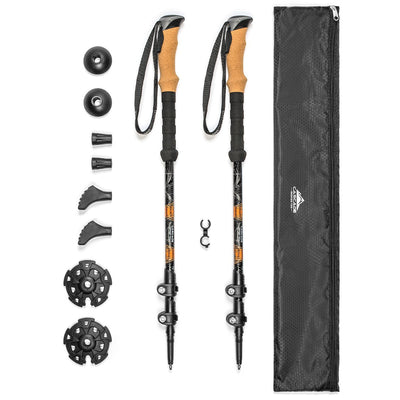
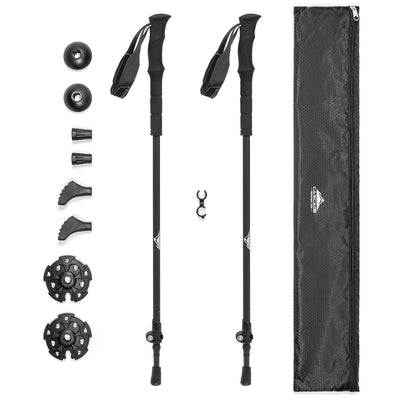
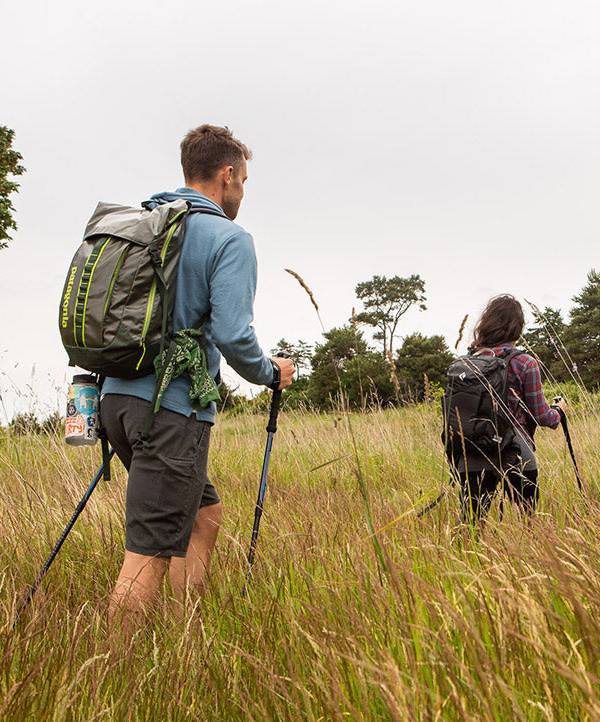
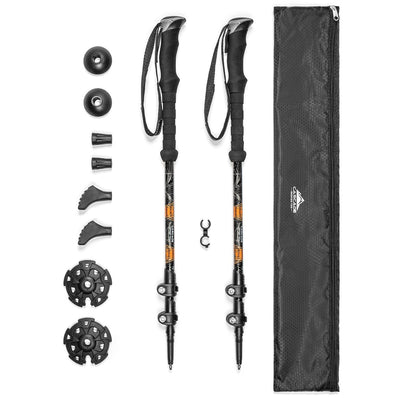
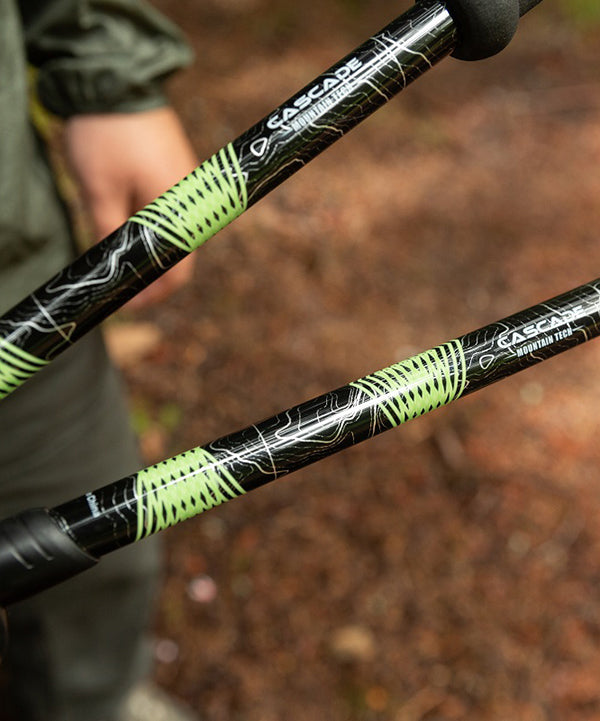
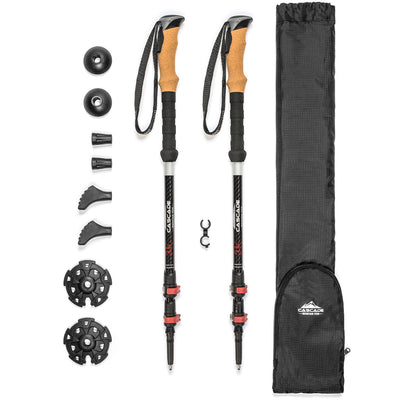
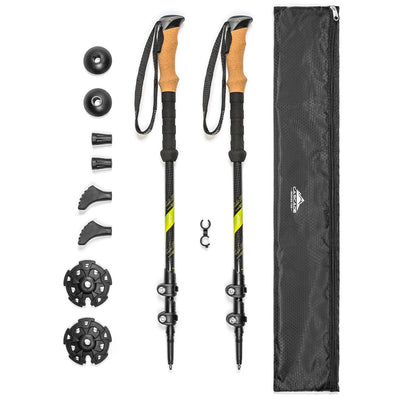
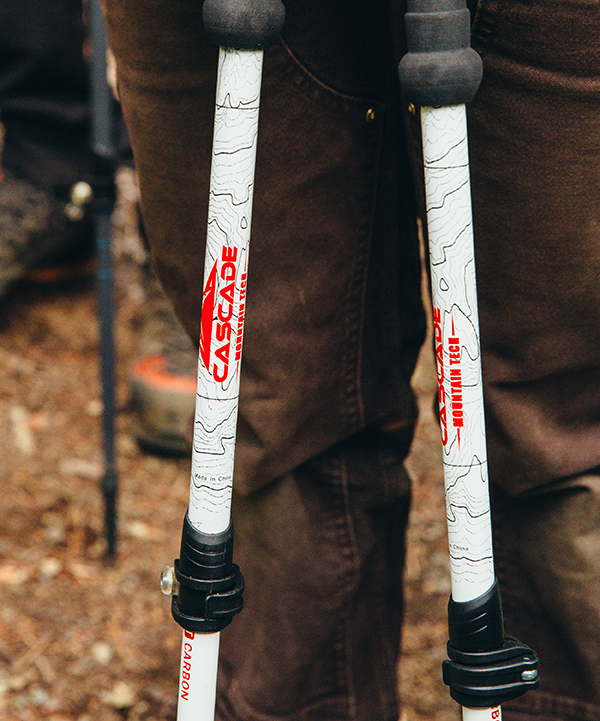


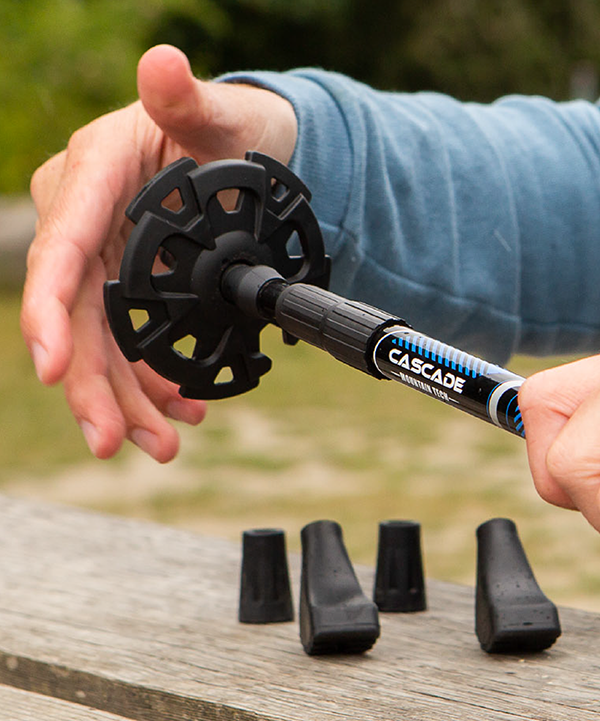
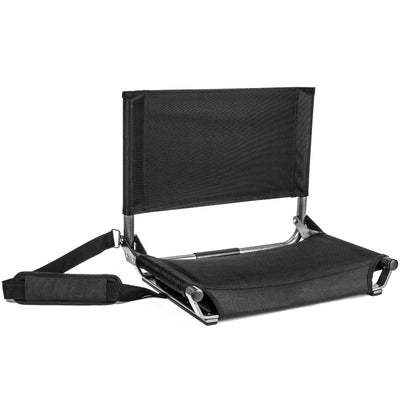
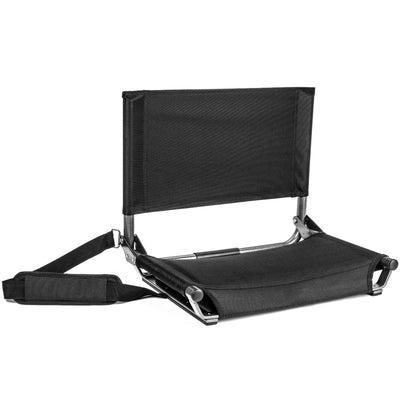
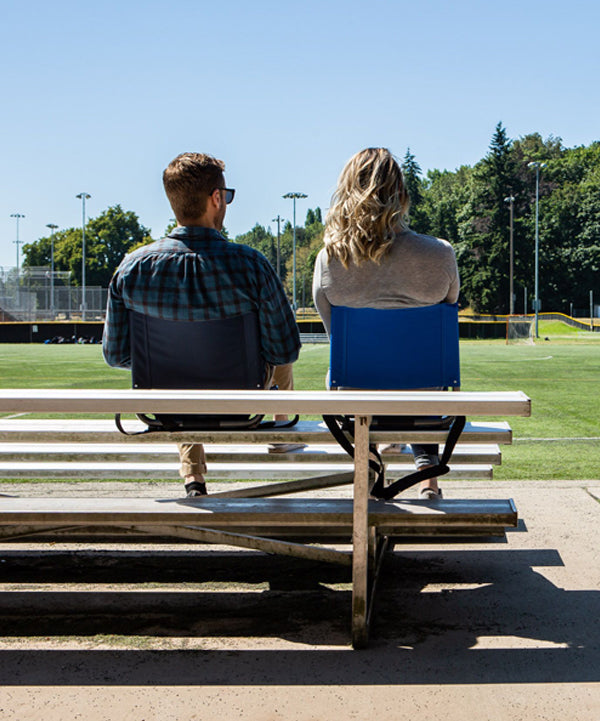
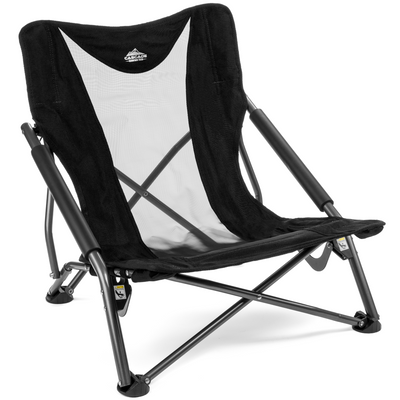
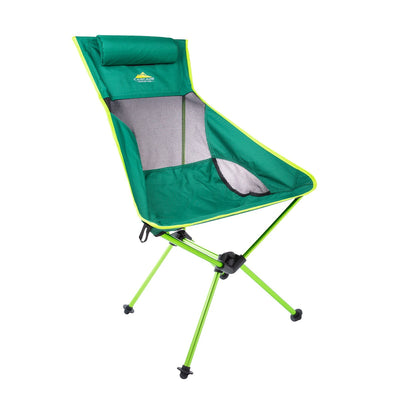
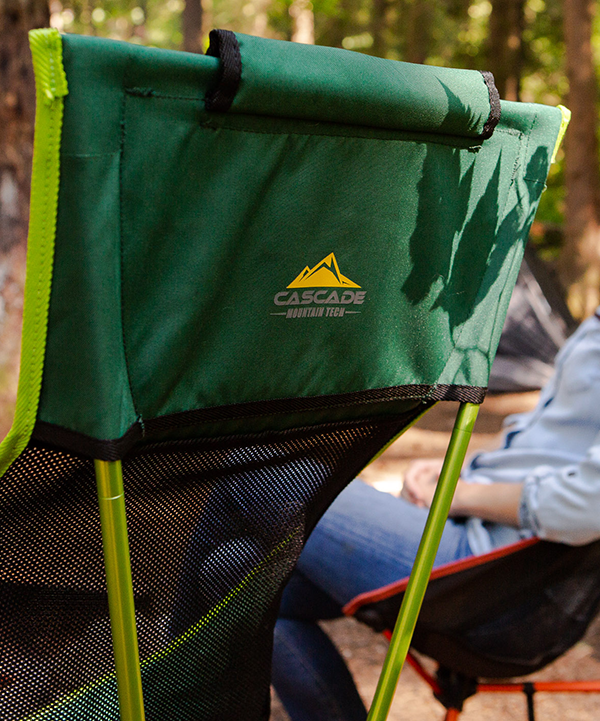
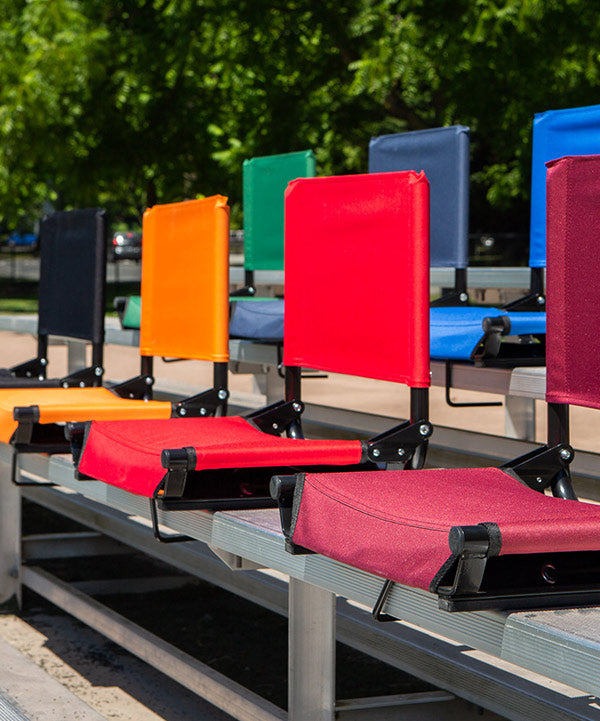
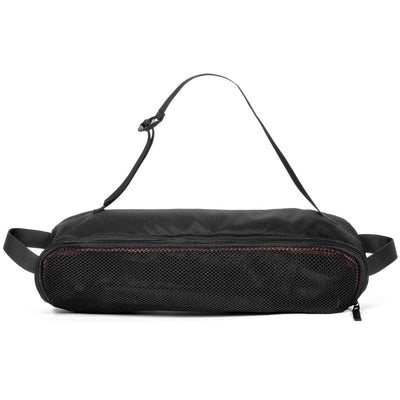

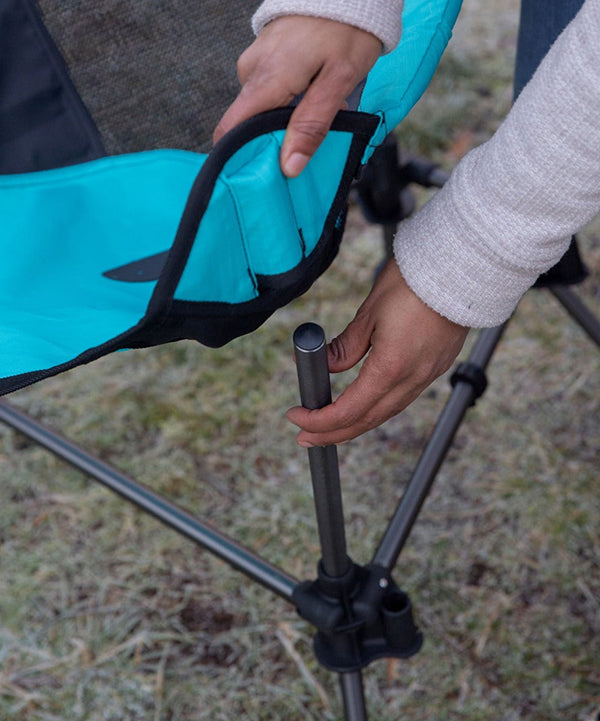


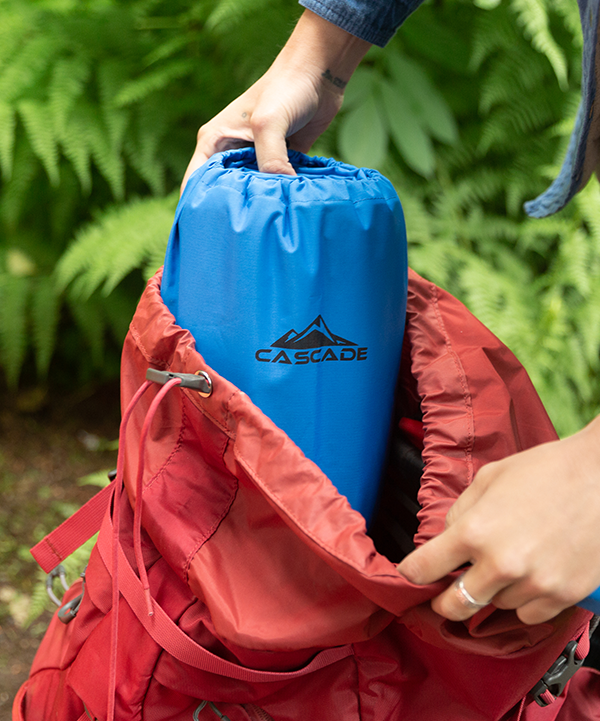
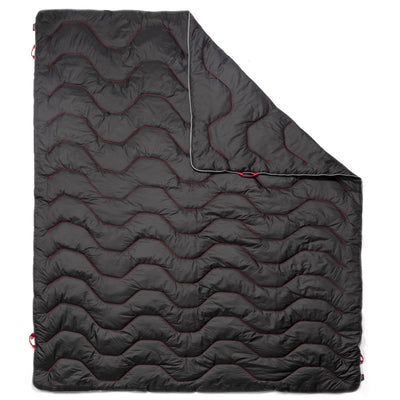

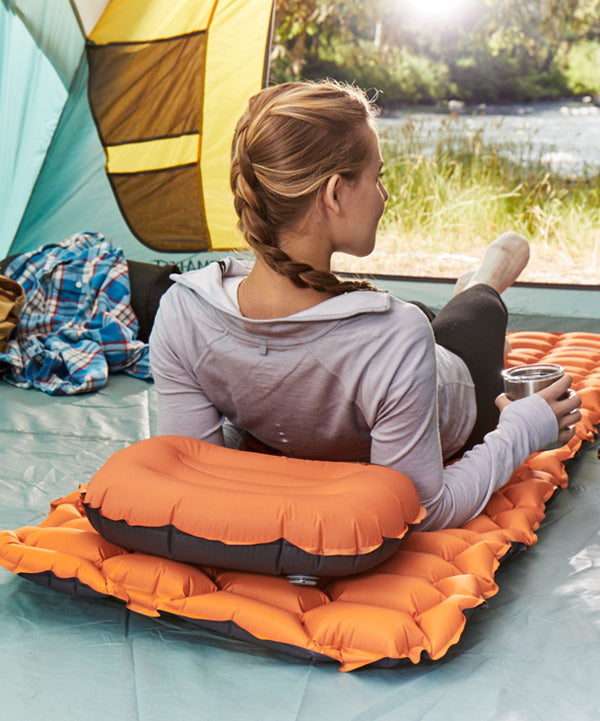


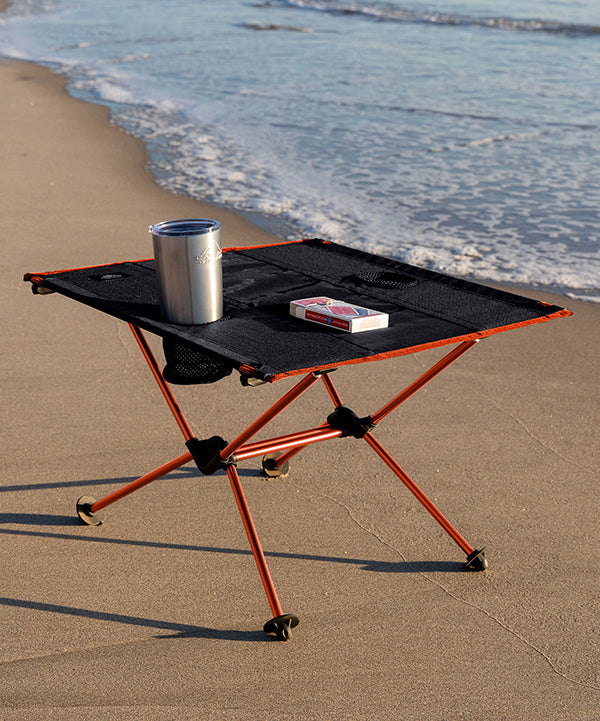
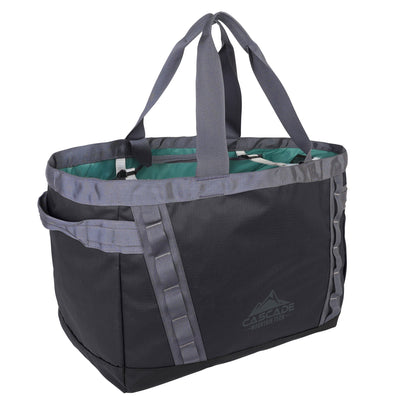
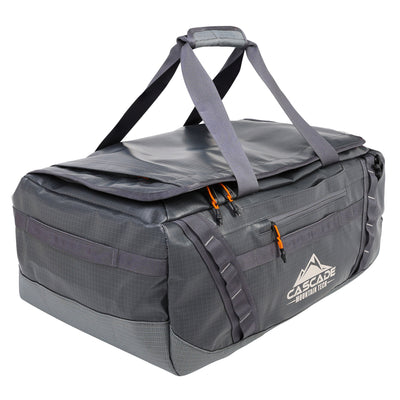
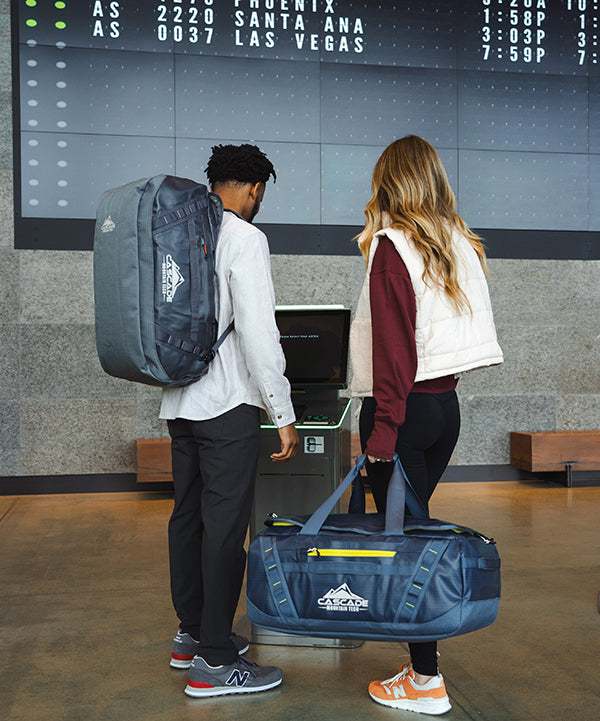
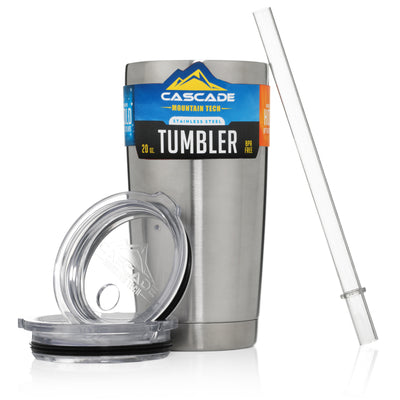
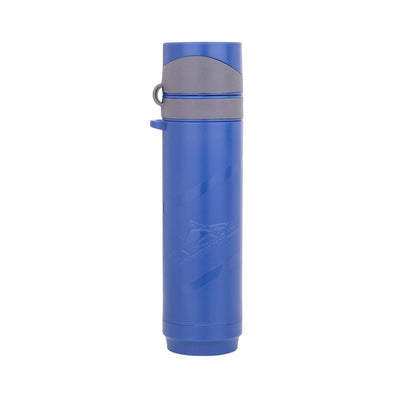
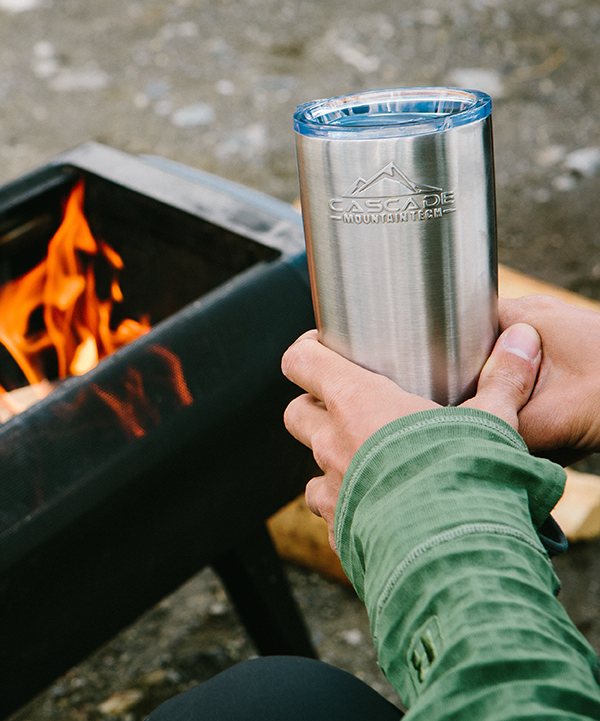
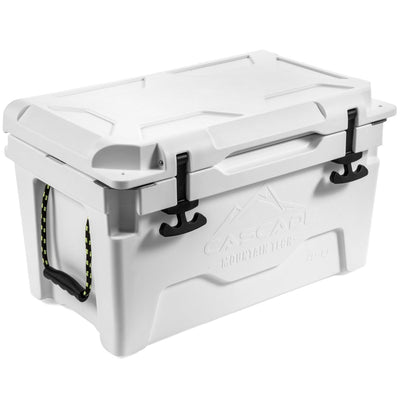
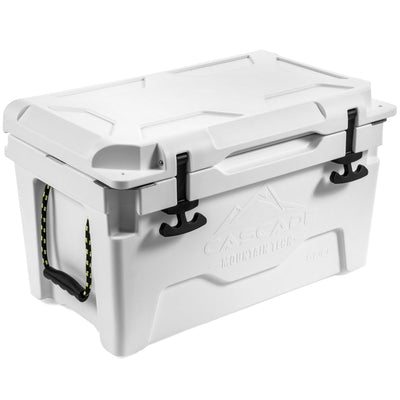
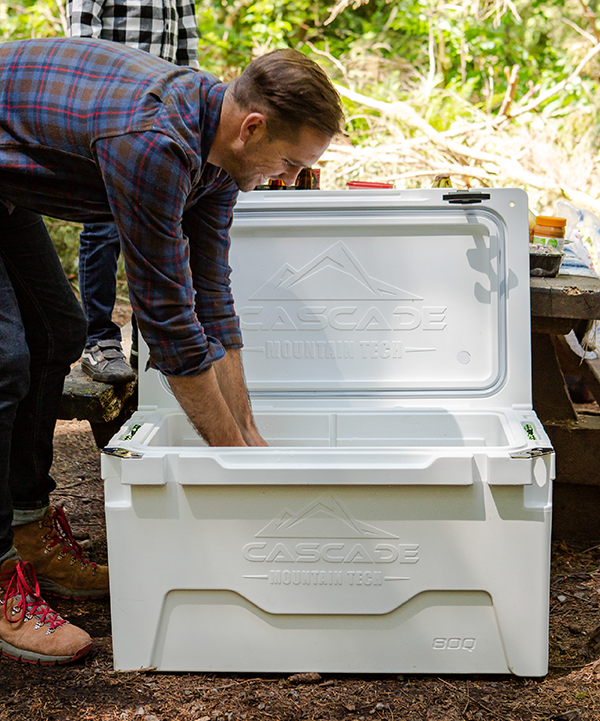

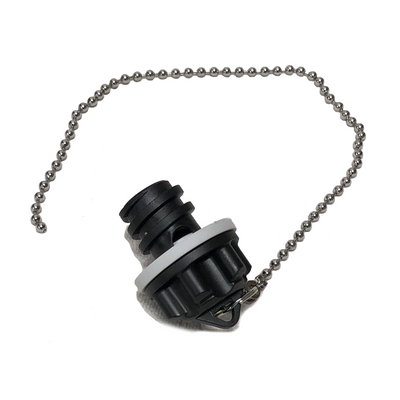
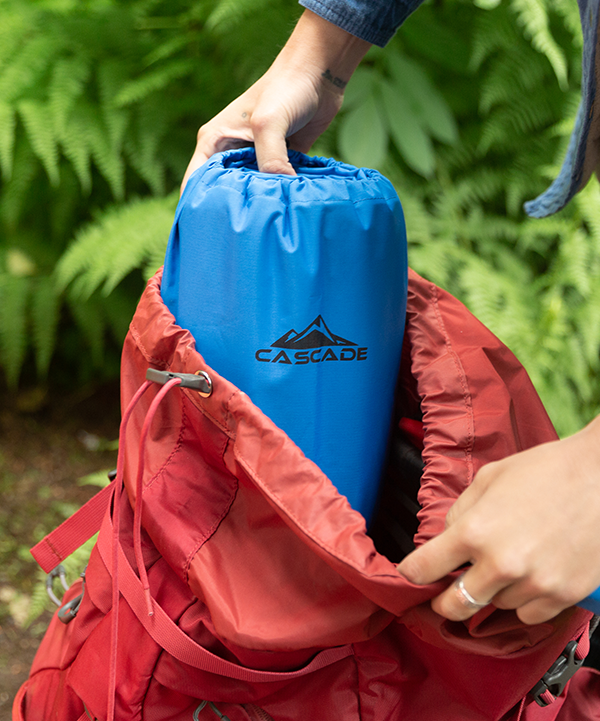
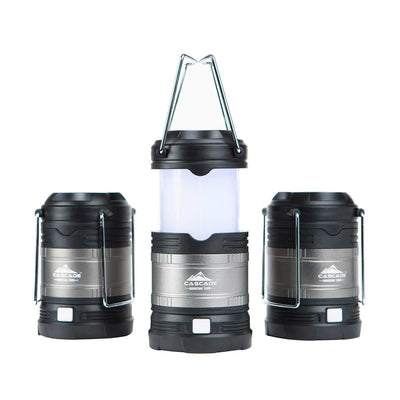
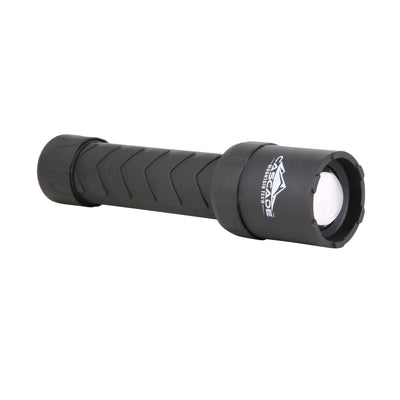
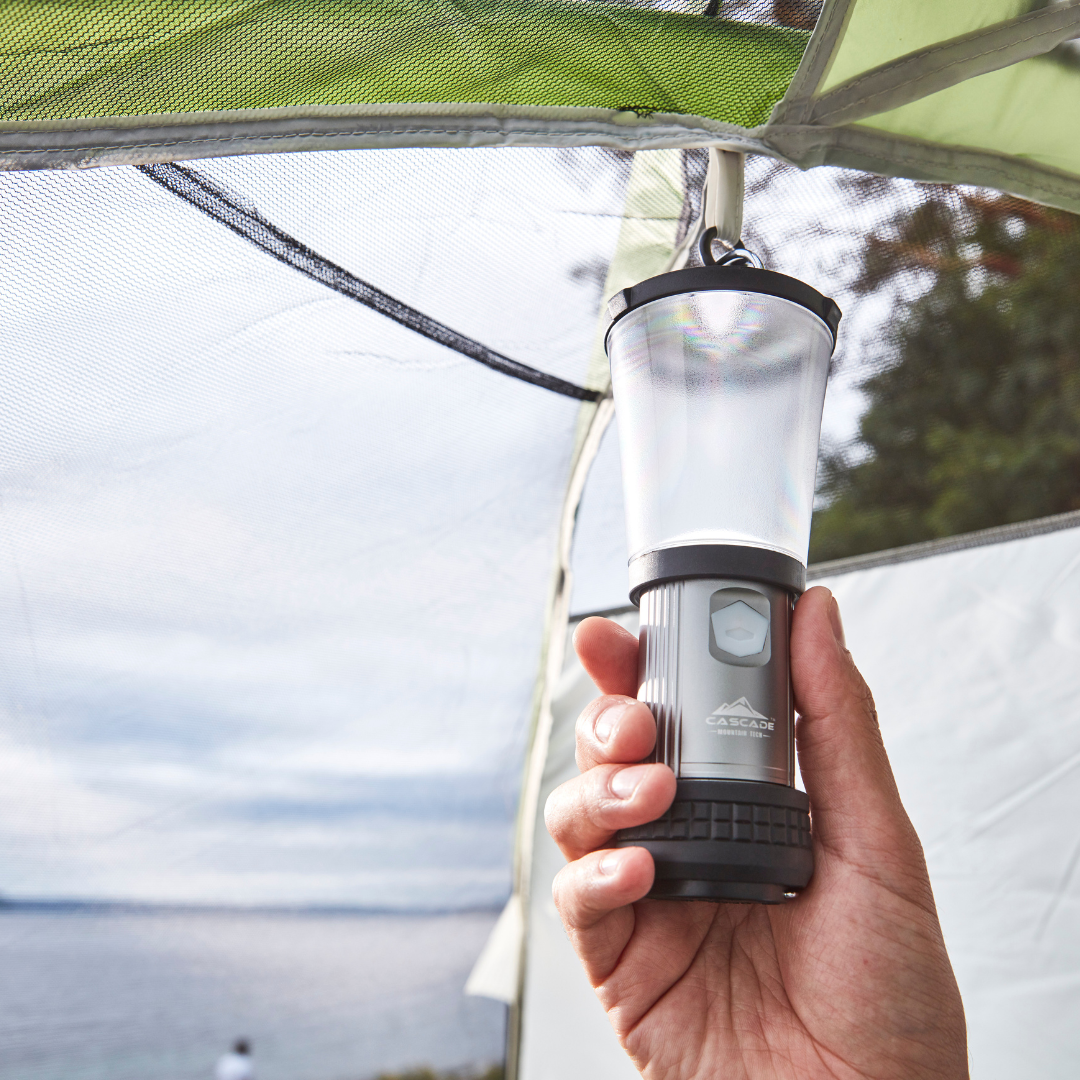
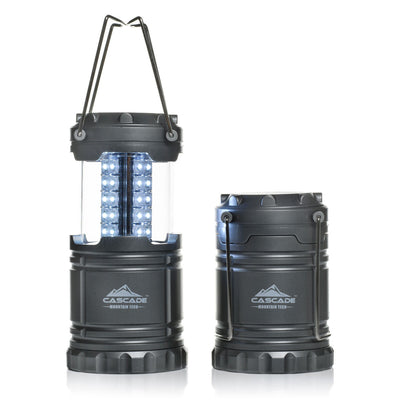
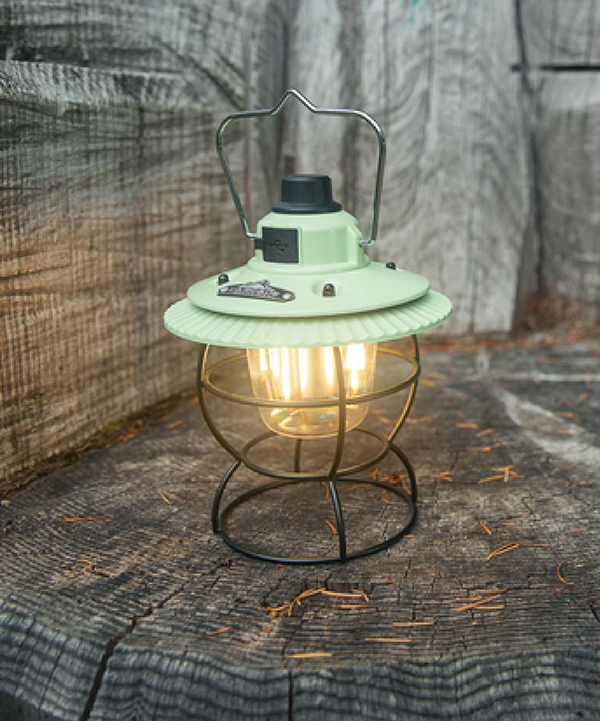
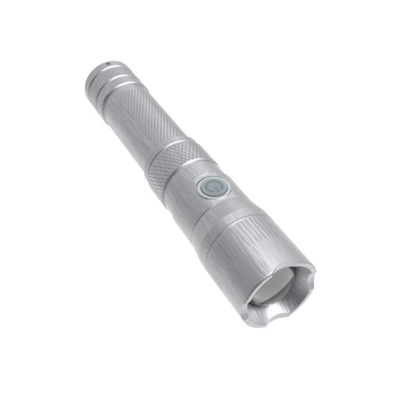
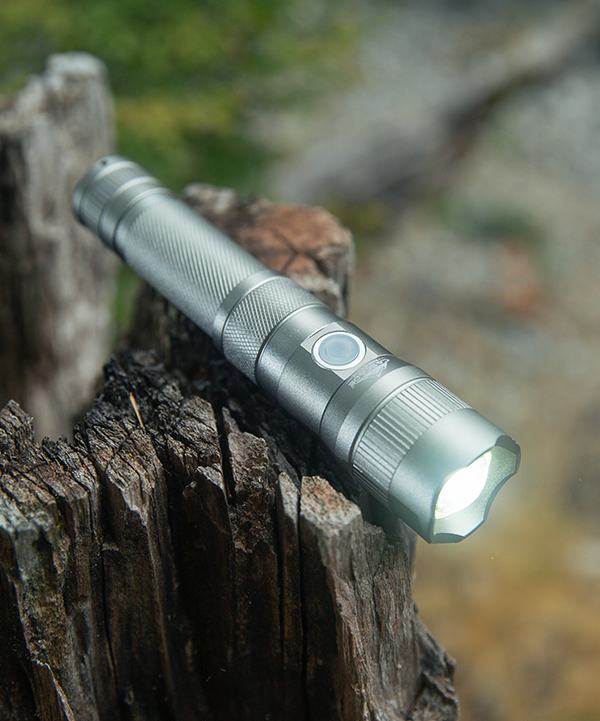
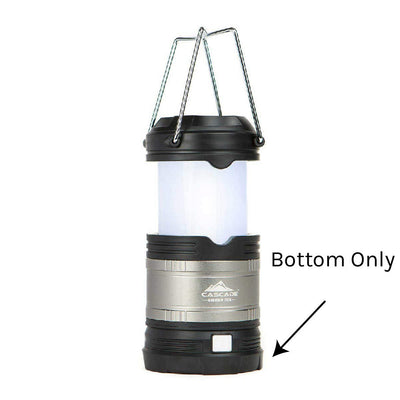
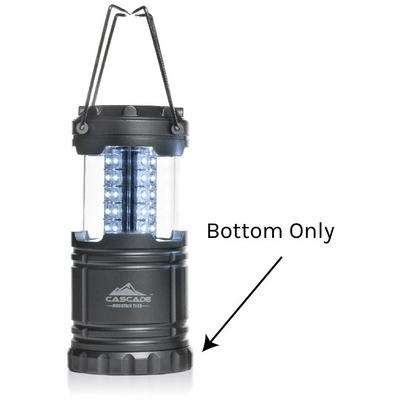
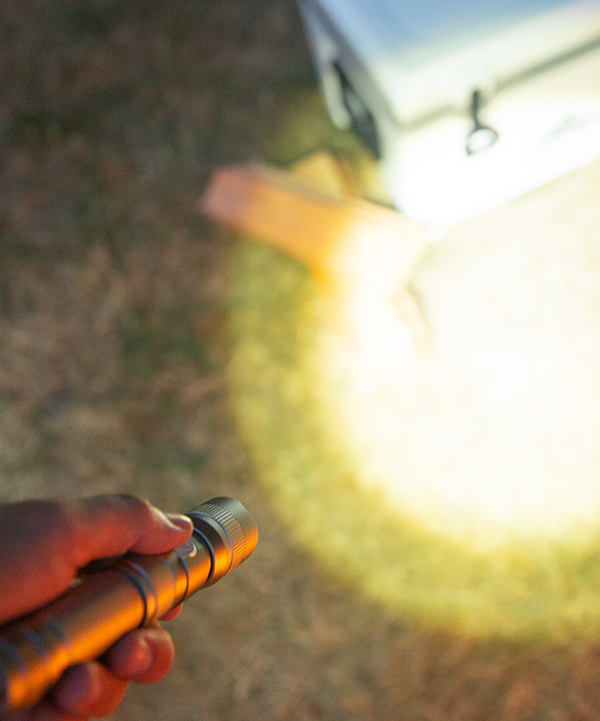

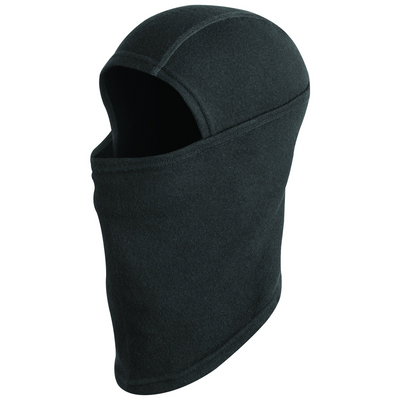
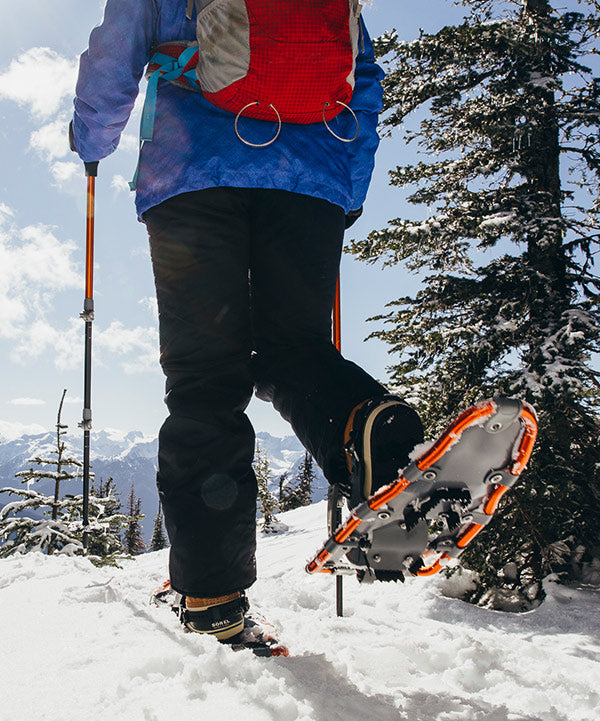
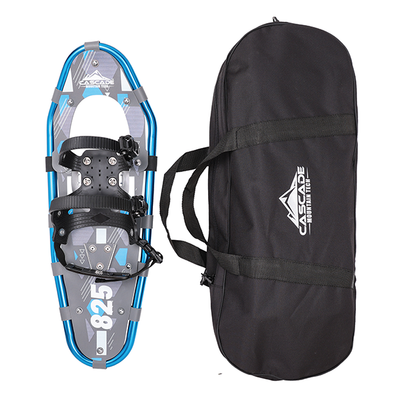
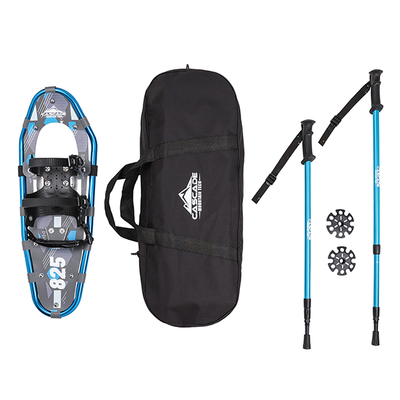
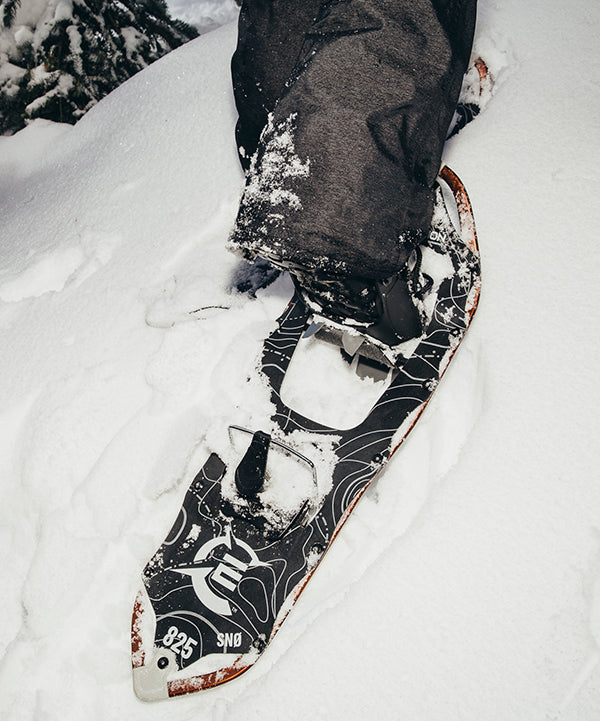


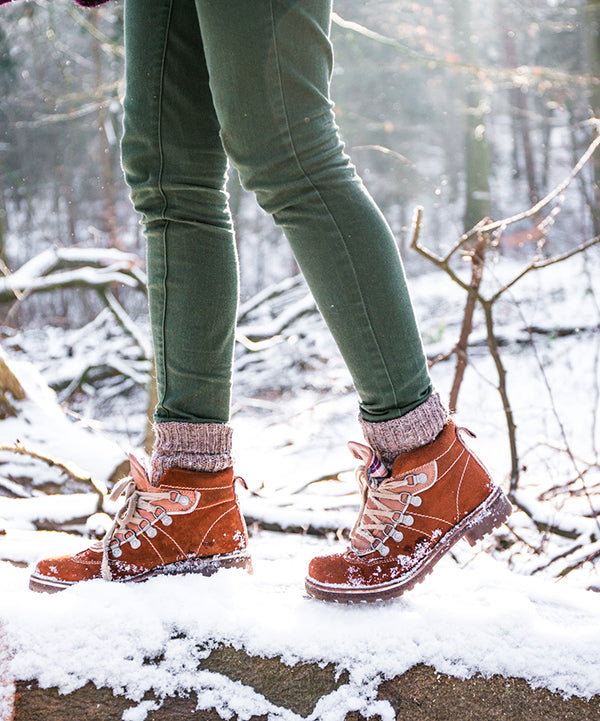
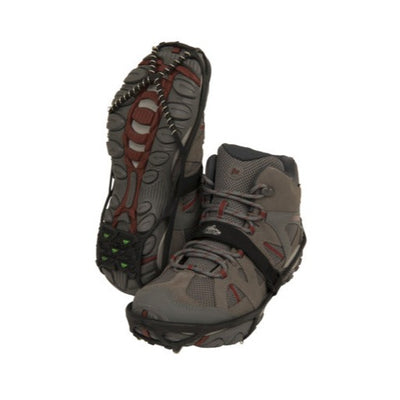
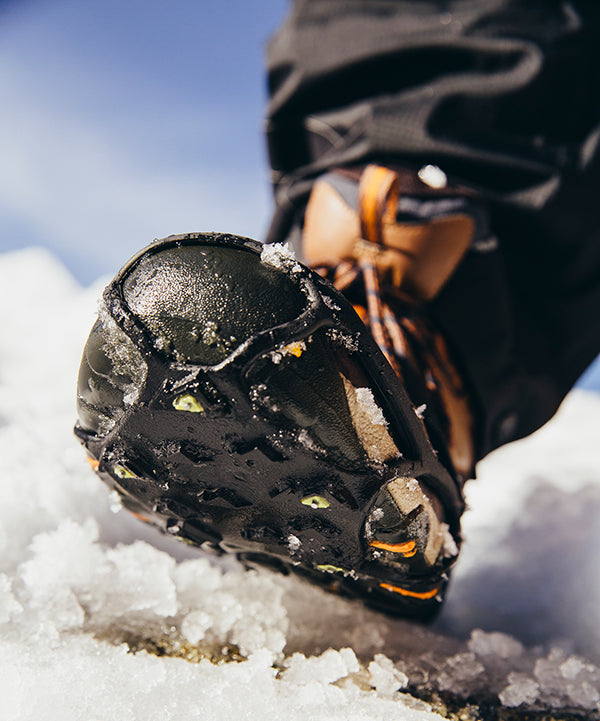
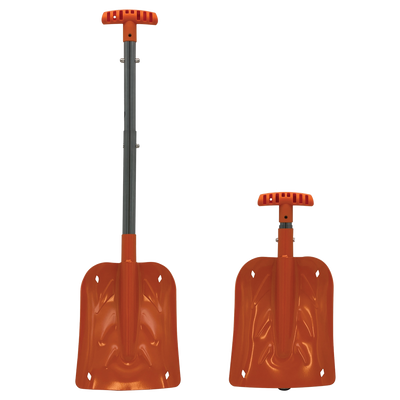

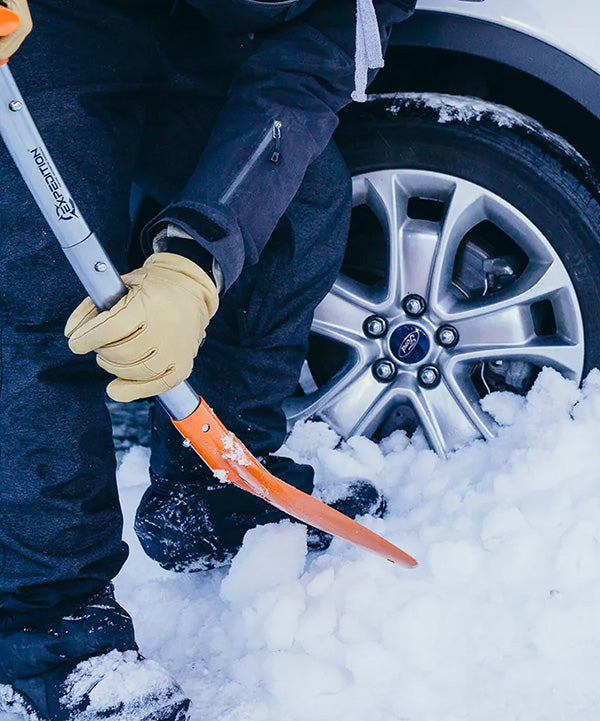
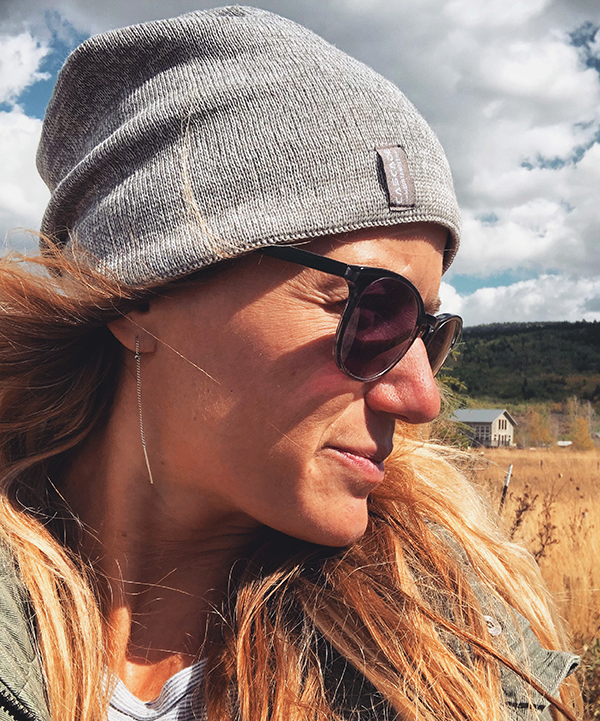


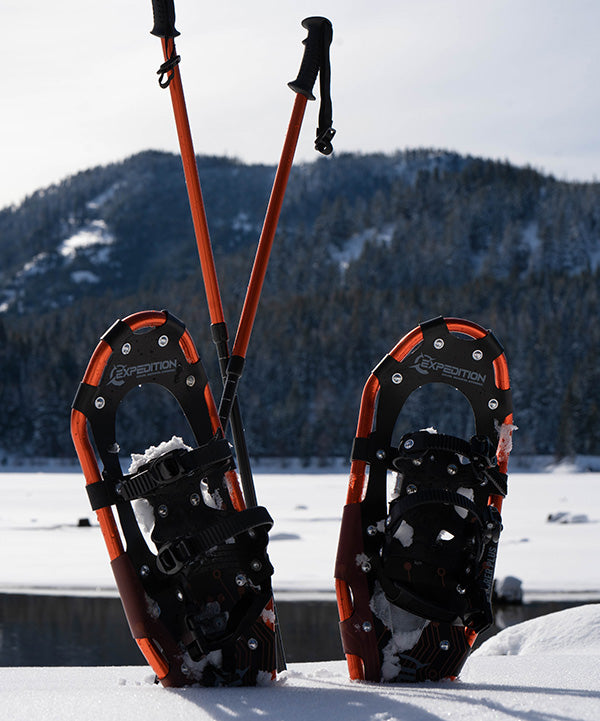










Great information up until the point where you said to run from a black bear. You should never instruct people to run since this may trigger a predatory chase response. Depending upon the behavior of the black bear your response may vary. Offensive approaches by the bear means you should stand your ground and deter the bear. If the bear is acting defensively, you slowly back away. “Wildlife for You” teaches classes on bear encounters if anyone wants to check them out or you can follow them on Facebook. (www.wildlifeforyou.com)
Cooking tip while out in the wild… cook and eat with the wind at your back so you can see incoming wildlife attracted by the smell. Found this out the hard way when a large black bear snuck up behind me while eating lunch. Dressed in a bikini and bare feet -I weigh 125 lbs, I took on a ‘big’ stance made a lot of noise all while trying to keep my overly friendly yorkie dog from making a new friend! I managed to send the bear running but it stopped at about 100 yards and started walking towards me again… I made even more noise pounding my long handled spoon on the pot and yelled loud as possible, this time it kept running. kept my bear spray on my hip after that. I love solo camping!!! LOL
Loved the pictures, and the pragmatic logical advice on how to enjoy the wilderness while keeping us and them safe and happy. Thanks for the wise words Jess!
Very “VERY” good information
Thank you. I"m sending this onto others for their benefit
You left Sasquatch off of the list. Native Americans from many parts of the country say of you encounter a Sasquatch you should look down and talk quietly and friendly as you back away. i dare you to print this. :-)
Leave a comment